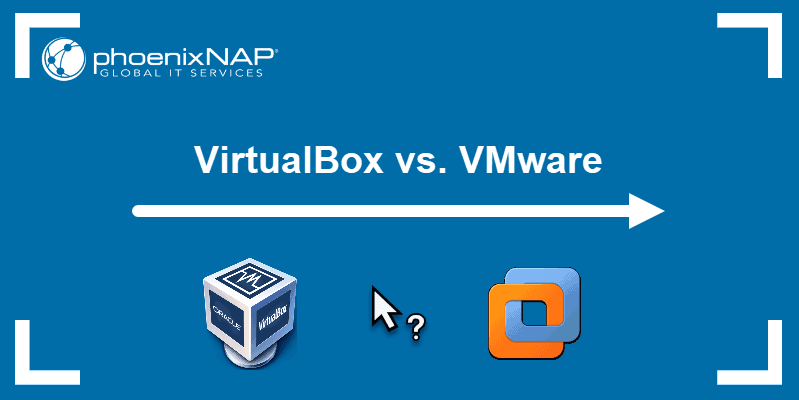
Yet every time an ESXi host boots from Auto Deploy it’ll look to do some partitioning of local storage.

I don’t build ESXi hosts with fibre channel storage connected, lest something go wrong and do something bad to a few hundred TB of storage. “I seem to have forgotten all the different iSCSI passwords you entered to be compliant with the Hardening Guide, Bob” – Host Profiles, on every edit.Īuto Deploy also scares me a little when it comes to my pre-existing datastores. And Lord help you if you want to use mutual CHAP with host profiles. Or the local RAID controller pathing, or a CD-ROM drive, or something that should just be automatically handled for you. And when you look at what’s out of compliance you see it’s some parameter that gets automatically changed by vCenter. I don’t think I’ve ever seen a cluster that isn’t complaining about host profile compliance. Second, it relies on the perpetually crappy Host Profiles. People just aren’t as good at scripting and CLIs as they should be. It’s all done from PowerShell, which is hard for many IT shops. First, it’s not at all configurable from the vCenter GUIs. While we’re on the topic of Auto Deploy I’d just like to say that it isn’t production-ready. We always have to make sure that we keep track of dependencies, though, which is easy to do when there are so few.Ĥ. It’s great – vSphere dramatically reduces risk and improves uptime for their services. My network guys use a bunch of VMs to provide network functionality like DHCP, some DNS (half our anycast DNS infrastructure is on VMs, half on physical hosts), carrier-grade NAT, log collection, etc. If your DHCP/PXE/TFTP server is a VM how do you start everything up after an outage? Oh, you use Auto Deploy with local caching? Okay, where does it cache? Traditional magnetic media… ah, you’ve chosen expensive AND complicated! What’s the ongoing cost of that, vs $104.60 per server? Different means harder to manage, which means human error and additional operational cost. If your vCenter is a VM how do you start everything up after an outage? Oh, you run a management cluster that doesn’t Auto Deploy… well that’s a pain in the ass, because you now have a vSphere cluster that’s different. And that’s a problem when you’re in the middle of an outage (planned or unplanned) and any of that infrastructure is a VM. Auto Deploy is an interesting VMware feature but it relies on a functioning network, DHCP & PXE & TFTP, DNS, and vCenter infrastructure to work. That isn’t the most productive use of my expensive drive bays (and data center space).ģ. Say that I do want to put local disk in my servers, be it some SSD so I can do caching (a la SanDisk Flashsoft, PernixData, vFRC, etc.) or maybe do VSAN, I’d have to use two of my limited drive bays for boot volumes. Anybody that argues that the H330 is fine ought to be okay with the mirroring the Internal Dual SD Module does, because the two are about equal in that regard.Ģ. To start, it isn’t even certified for VMware VSAN. To head off the inevitable comment: the PERC H310/H330 is not a decent RAID controller.

In contrast, the Dell Internal Dual SD Module is $104.60 per server with two 16 GB SD cards. On a 32 node cluster that’s $37,184.96, or the cost of three servers, over five years. Labor costs dealing with drive replacements, monitoring, etc.: $200.00 (this is low). Power for this setup, at 5.9 Watts per drive (as per Tom’s Hardware), guestimating 5.9 Watts for the RAID controller, and $0.14133 per kWh in my locale: $109.60 for 5 years. Looking at, if I outfit a Dell PowerEdge R630 with a traditional setup of two magnetic disks and a decent RAID controller my costs are: SD cards aren’t all that reliable, and there are other technologies to get a hypervisor like ESXi on a host. Id think a person like you would know to use autodeploy.”Īside from that fellow’s malfunctioning apostrophe, he has a good, if blunt, point. “SD cards are NOT reliable and you are putting youre infrastructure at risk. They’ve ranged from why would you use an SD card in a server. I’ve had four interactions now regarding my post on replacing a failed SD card in one of my servers.


 0 kommentar(er)
0 kommentar(er)
